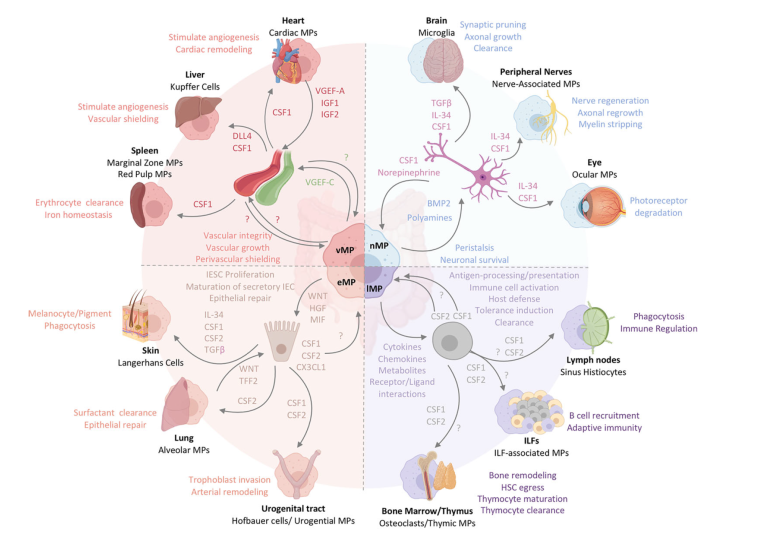1. Innate Lymphoid Cell (ILC) biology
The Mortha lab has a strong interest in understanding the biology of innate lymphocytes. ILCs are a new family of human and murine lymphocytes composing of at least 3 individual lineages (ILC1, ILC2 and ILC3). These cells are rare in our circulating blood, rare to moderately represented in lymphoid tissues but highly abundant at mucosal tissue sites (i.e. intestine, liver, lung, adipose tissue or skin). ILCs are tissue-resident cells, characterized by the lack of an antigen receptor, the expression of lineage-defining transcription factors (ILC1: Tbet, ILC2: Gata3 and ILC3: Rorc), the fast release of cytokines and their instructive communication with non-hematopoietic tissue cells (intestinal epithelial cells, hepatocytes, adipocytes and fibroblasts).
Figure.1: the family of ILCs (Burrows and Mortha, 2018)
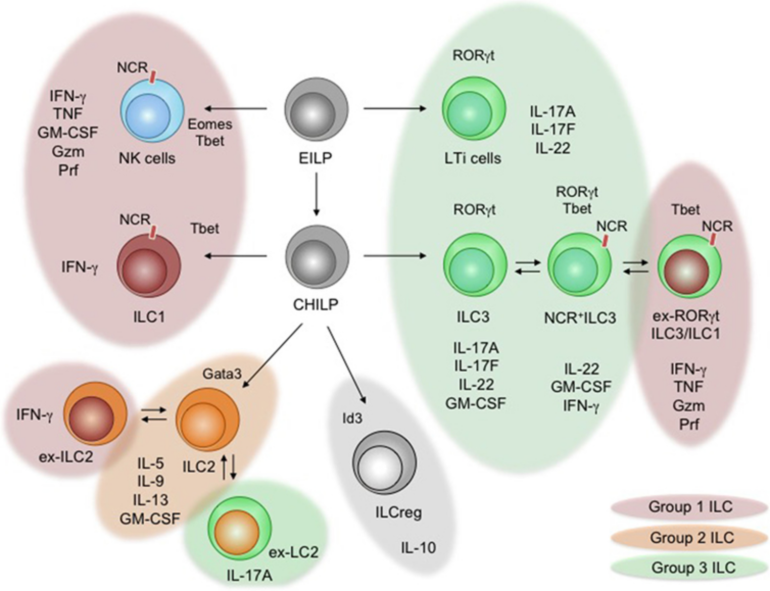
ILCs play an important role in defining and tuning the activation state of the tissue in the steady state and during disease. They promote antimicrobial activity, tissue regeneration, metabolic activity and organogenesis and are thus key player in our body’s physiology.
Our laboratory has several projects addressing key questions and problems in ILC biology:
- We aim to identify tissue-specific determinants of ILC lineage commitment, function and plasticity.
- We aim to generate ILC-specific transgenic tools using CRISPR/Cas9 technology.
- We aim to design translational approaches targeting ILC-specific functions for therapy.
- We aim to understand how ILCs control adaptive immunity in the steady state and during disease.
Figure.2: High-dimensional CyTOF analysis of ILCs at different organs. Individual tSNE-plots represent organs and color coded clusters diverse ILC populations.

2. Host-microbiome interactions and myeloid cell biology
A second research topic of the laboratory is the crosstalk of the host immune system and commensal microbiota. The commensal microbiota is an essential community of microbes composed of viruses, bacteria, fungi and protists settling on our body’s mucosal surfaces. The sum of all genes (metagenome) provided by our commensal flora allows us to access new metabolites, vitamins and proteins that are essential to healthy life. Preventing our immune system from attacking our commensal communities is thus a key target to maintain equilibrium. Mononuclear phagocytes (MNP) are sentinel cells of our body and directly and indirectly interacting with our microflora. While MNP are found at every mucosal surface of our body, the microbes they are interacting with are vastly different between those sites. The interactions and the location of the MNP within the tissue will determine the underlying immune response. We aim to understand the nature of these signals and the immunologic consequences underlying the encounter of microbial signals by MNP.
Figure.3: Metabolically active (bright green) vs. metabolically quiescent (dull green) gut commensals.
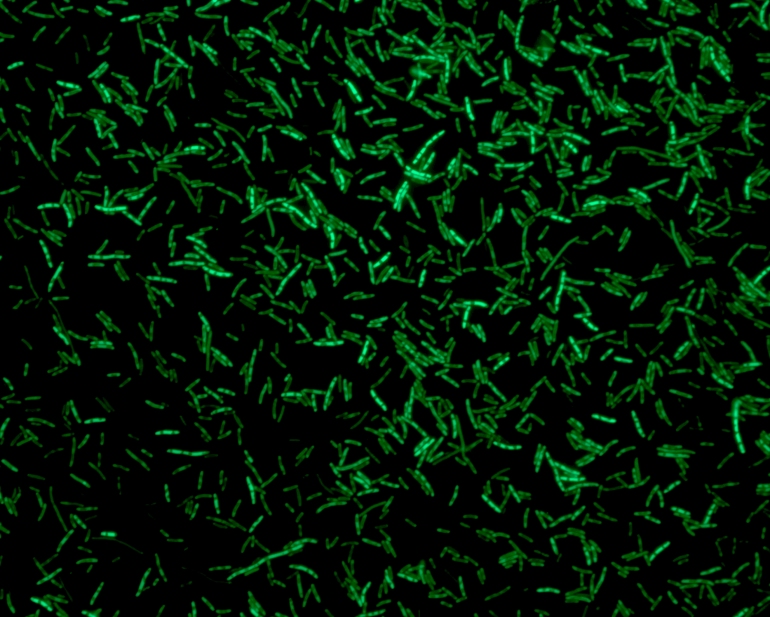
Figure.4: Scanning electron microscopy image of Trichomonas musculis (purple) in close contact with gut commensal bacteria (green/yellow) and the intestinal epithelium (blue).
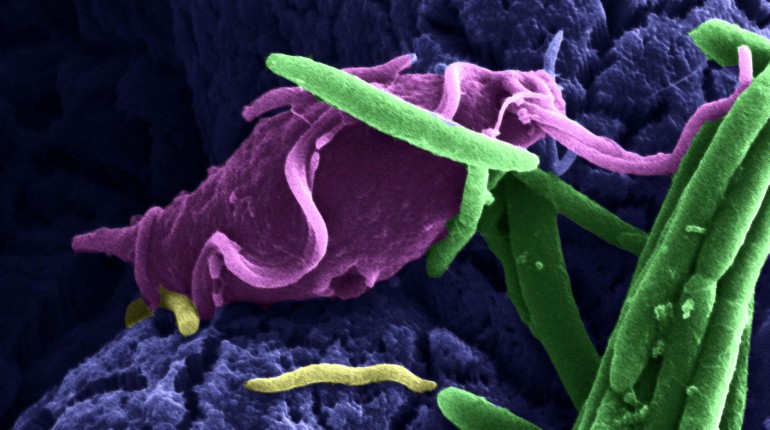
Figure.5: RNA-Seq analysis of whole colonic tissues isolated from mice either left untreated or orally colonized with a non-bacterial commensal microbe.
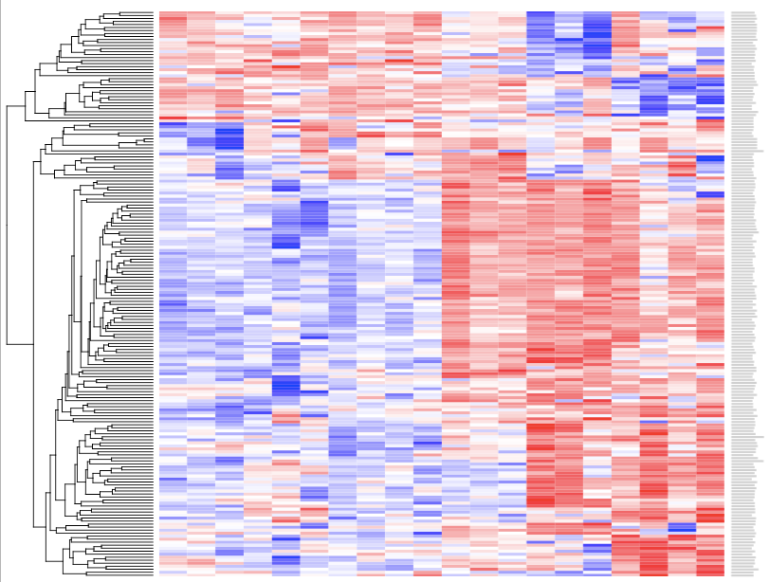
3. Myeloid cell diversity and tissue niches
We are very interested in understanding the development and diversity of macrophages at mucosal surfaces like the lung and the gut. To better understand the complexity of environmental niches for gut macrophages, we are using transgenic reporter mice, germ-free animals, adoptive transfer, genetic fate labeling and parabiosis. We hope to identify new, transcription factors and local growth factors to understand the developmental heterogeneity of gut macrophages in the steady state and during chronic intestinal inflammatory diseases like IBD. Below is a take on how we think macrophage heterogeneity governs diverse tissue-niches to sustain homeostasis.

